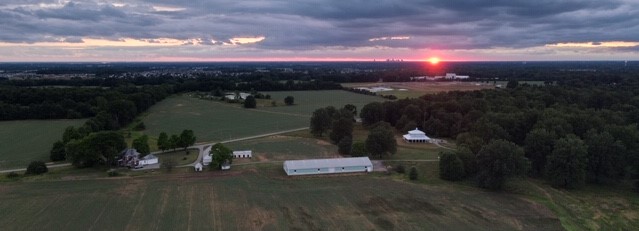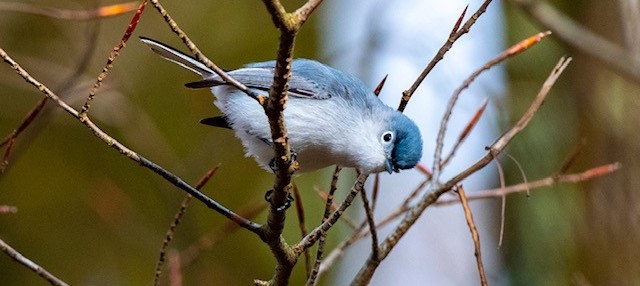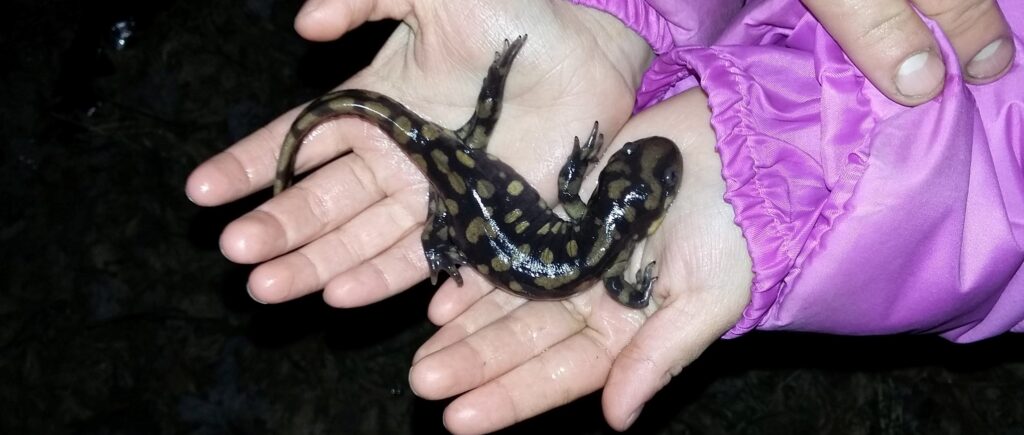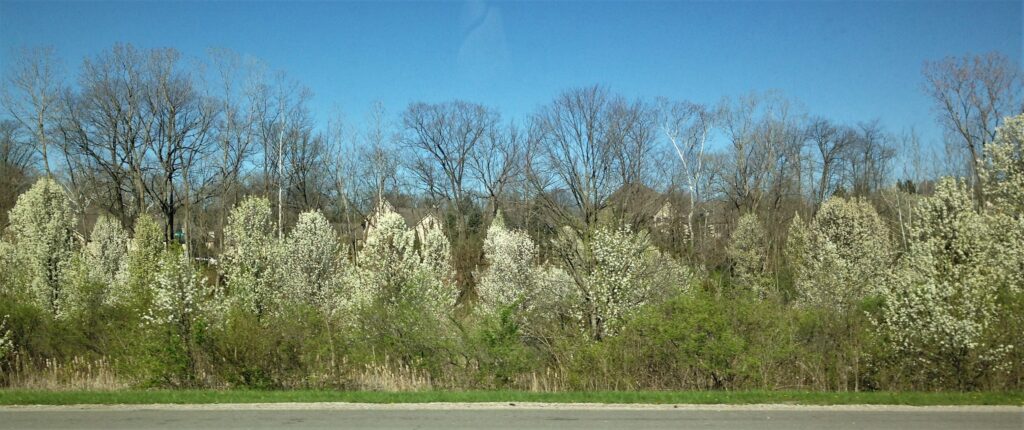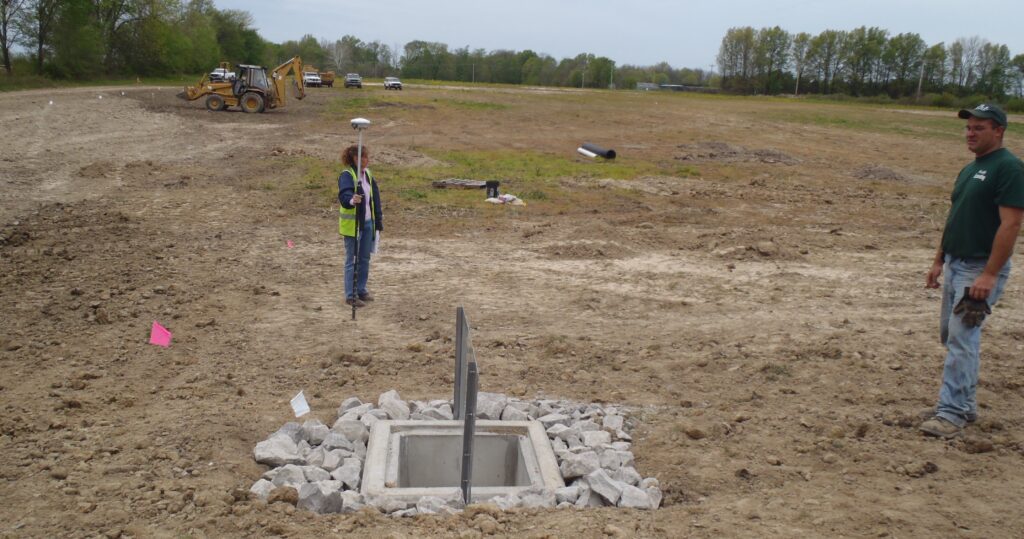An Interview with David Hague of Coyote Run
by Carrie Brown, Engineering Technician
Coyote Run encompasses approximately 900 acres in Pickerington and Violet Township in Fairfield County, Ohio. The private conservation project is a mixture of agricultural land and natural areas, and owners David Hague and Tammy Miller are striving to transform the property to its natural state prior to colonization.
*The audio and photo slideshow of this interview can be found on Fairfield SWCD’s YouTube Channel.
Tell us more about this conservation project and why you want to save Coyote Run.
David Hague: Okay. Well, it’s a question we’ve asked ourselves a number of times. It goes back to each of us has an idea of what nature is and that’s probably as kids, visiting a park or seeing something interesting in nature. But what we’ve all kind of lost is what nature was a couple hundred years ago. And so that image can be recreated if you start with a little bit of land and try to improve upon it, or at least restore it. So that’s what we’re trying to do here at Coyote Run.
Why should people care about their natural environment?
David Hague: Many folks will say we need to save something because it’s for our future, our kids, etc. And I won’t dispute that. However, we’re smart enough as a species that we should be able to grant the equal opportunity to the flora and fauna to live, that we have.
What types of habitat does your land offer and what wildlife species might be found?
David Hague: Well, the habitat is wet. It’s characterized in this part of Ohio with lots of fairly flat farmland and woods, and there are lots of drainage tiles. But some of it hasn’t been drained real thoroughly, so that creates a kind of wet forest environment. And that allows for wetlands and also what I call “wetlands in the woods,” which are vernal pools. Vernal pools are just temporary bodies of water, but there’s a great variety of flora and fauna that inhabit them. And so that’s what Coyote Run is pretty much about: enhancing and protecting all the wet features.
Spring is a fun time of the year. I used to hate February Ohio winter because of the cold and the ice, but that’s when things really get moving around here, even before the snow is off or the ice is off. A variety of organisms, in particular the one we watch most is salamanders – there’s a whole group of salamanders called mole salamanders that live in the woods and pop up in the spring. And so we watch for this event because it’s very fleeting. It only lasts long enough for their breeding period to get done and then, they go back to their homes in the woods. So it’s a fun time to be out at Coyote Run.
I’m sure COVID restrictions have impacted your ability to provide public programming. What types of events have you offered in the past and you plan to offer once again in the future?
David Hague: Well, we’ve done things as diverse as vernal pool exploration, which is fun in the spring, but each season has something going on. For instance, the heat of summer is a great time to watch for dragonflies and damselflies. So we’ve gotten out the proverbial nets and ran around the fields, catching them to see what we could catch. Wildflowers is another good public event. We’ve had celestial events, where people have come out to see what’s up in the sky. Mothing is very popular; we’ve had those events, which is kind of fun to do in the evening. I didn’t realize there were so many species, so many beautiful species of moths. We’ve had bat events where people come out to watch for bats, and we’d watch for signatures on acoustical equipment. And then of course there’s tree ID and just walking through the woods to see what’s what.
Are there volunteer opportunities at Coyote Run for folks who would like to get involved?
David Hague: There sure are! Like every place else, invasive species are a problem. So we spend a great deal of time trying to not only restore the property, but to getting rid of invasive species. And they’re the common ones everybody knows. So we look for volunteers to help us push back on the bad guys in nature.
Volunteering at Coyote Run to do invasive control is good, but you can actually help Coyote Run and many other places simply by doing the right things where you live. That means, first of all, let’s stop buying invasive species and planting them in our yards because eventually those come into natural areas. So you can be a volunteer in your own yard without ever leaving.
Our office has worked with you on multiple restoration projects. Describe to us how you have collaborated with Fairfield SWCD to enhance your landscape.
David Hague: It has been a very good partnership from day one. We worked with Soil and Water to help us identify invasive species, but also to help create and enhance wetlands. And to this day we continue to work with them. It’s been a very good relationship.
What future visions do you have for Coyote Run?
David Hague: Coyote Run has the potential to create enough biodiversity by size to be a natural entity that can last 500 years. That’s our goal. None of us will be around then, but nature will be around. And perhaps our distant relatives will look back and say, “I’m glad some people did something to help save it.” So Coyote Run is here to stay, hopefully here to stay in a natural environment and not just impacted by humans.
If you are interested in learning more about Coyote Run, visit their Facebook page.

